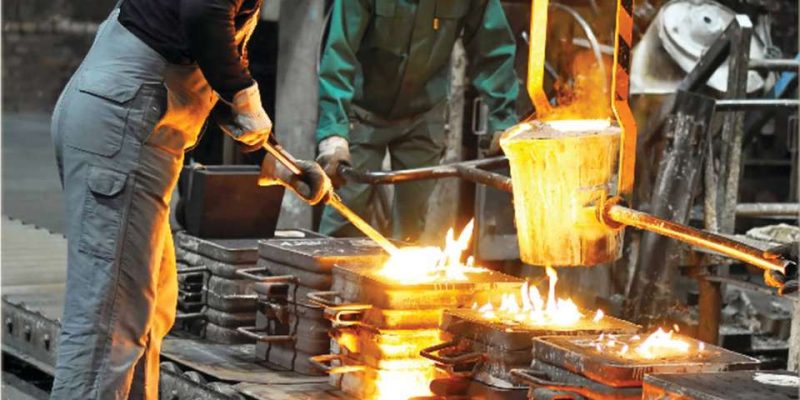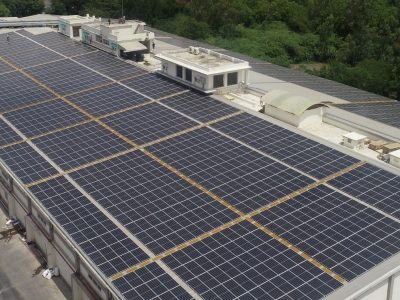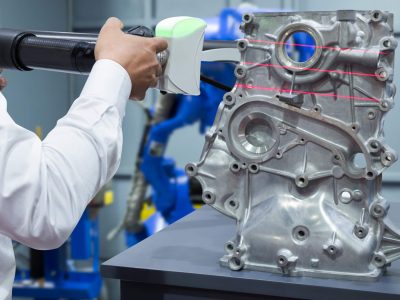Metal casting is a rapidly expanding industry with a remarkable annual turnover. Based on recent reports, it is possible to predict that metal casting companies and organizations will experience changes for the better shortly.
In the coming years, not just steel trying to cast businesses, but the trying to cast industries overall will face numerous possibilities and threats. In this article, we will briefly discuss the implications of steel trying to cast companies around the world. Stay tuned to learn much more about manufacturing steel casting producers’ scope.

Future scope for the steel casting industry
steel casting company will face some significant issues and constraints in the coming years. Some components of the challenges are expected to have begun by the early part of next year.
The first and primary requirement that can be seen is China’s training on the requirements of steel castings and how to meet those demands.
One of the most difficult problems that steel casting foundries around the globe will face is intense competition between many businesses under the same framework. With China’s encouraging innovation, it is clear that China will continue to dominate the Steel Compaction industry.
To survive the rigours of the contest, all businesses around the world must take matters seriously. They must use cutting-edge tools and procedures.
Steel casting companies all over the world face a variety of hazards, including health consequences. Steel trying to cast furnaces to use several contaminants, including acids, silicon, vapours, and iron dust, which are known to cause breathing issues in employees. These substances undoubtedly pollute the arteries.
It is, however, our responsibility to provide some advice and opinions on the issues being discussed on different types and corporate boards around the world in furnaces and supply stores, and we will make every effort to do so.
The data basis on findings on records from furnaces, logistics companies, professional groups, academic researchers, and academic institutions in all industries of the casting industry. Currently from around the globe. There are a few notable omissions, such as Russia, in which data was currently unavailable for writing.
China continues to dominate global trying to steel casting company output, but it is now learning how to deal with the requirements that come with fast expansion – much more demanding workers, developing skills and rising legislative increased pressure.
The overall goal of China’s production process is to grasp sophisticated casting innovations, with clear objectives imposition, such as 50% of foundries reaching the highly industrialized level of established countries in the future to increase the nation’s position in the global to 20%, while accomplishing a 10% reduction in carbon and a 15% decrease in industrial effluents.
The nation has surplus manufacturing capability with 2.6 million manufacturing facilities, and at least 10% of Chinese furnaces are unable to satisfy the sophisticated operational and economic requirements now necessary to raise the nation’s market dominance.
Inevitably, labour costs are rising, and the need for elevate research & innovation into technological sophisticat creative technologies is trying to put the sector underway to innovate equipment to meet the order to accomplish tasks; as a result, furnaces are increasingly reliant on having to import hardware from trust international suppliers.
Never one to “remain still,” the country is truly highlighting the same current five digital transformation strategies. It includes a steel casting company product vision, to be gather by the Forge Organization of the Chinese Mechanical Civilization, that looks ahead 15 years, showcasing expect trend lines and how the nation’s foundry sector will react.
After years of steady growth, choosing output began to slow in recent times, with 2015 marking the first reduction (1.3%) to a “simple” 45.6m tonnes. Notably, aluminium continue this upward pattern, increasing by 250,000 tonnes, while steel decrease by 7.27 basis points. In terms of economic industries, engineering industrial equipment and rail experience the greatest decrease (around 12.5% per sector), follow by shipments (down 10%), quarrying, heavy equipment, and industrial equipment (down 10%).
Also Read: Ultimate Guide To Buy Portable USB Desk Fan
Conclusion:
To summarise, the massive changes that will affect industrial steel trying to cast makers are huge well over the fluid velocity of the world market and an enormous competition that will keep all metal casting foundries around the world involve.
The only way to deal with all these future situations is to enforce cutting-edge methods and update innovations while keeping tabs on not falling behind.







Comments